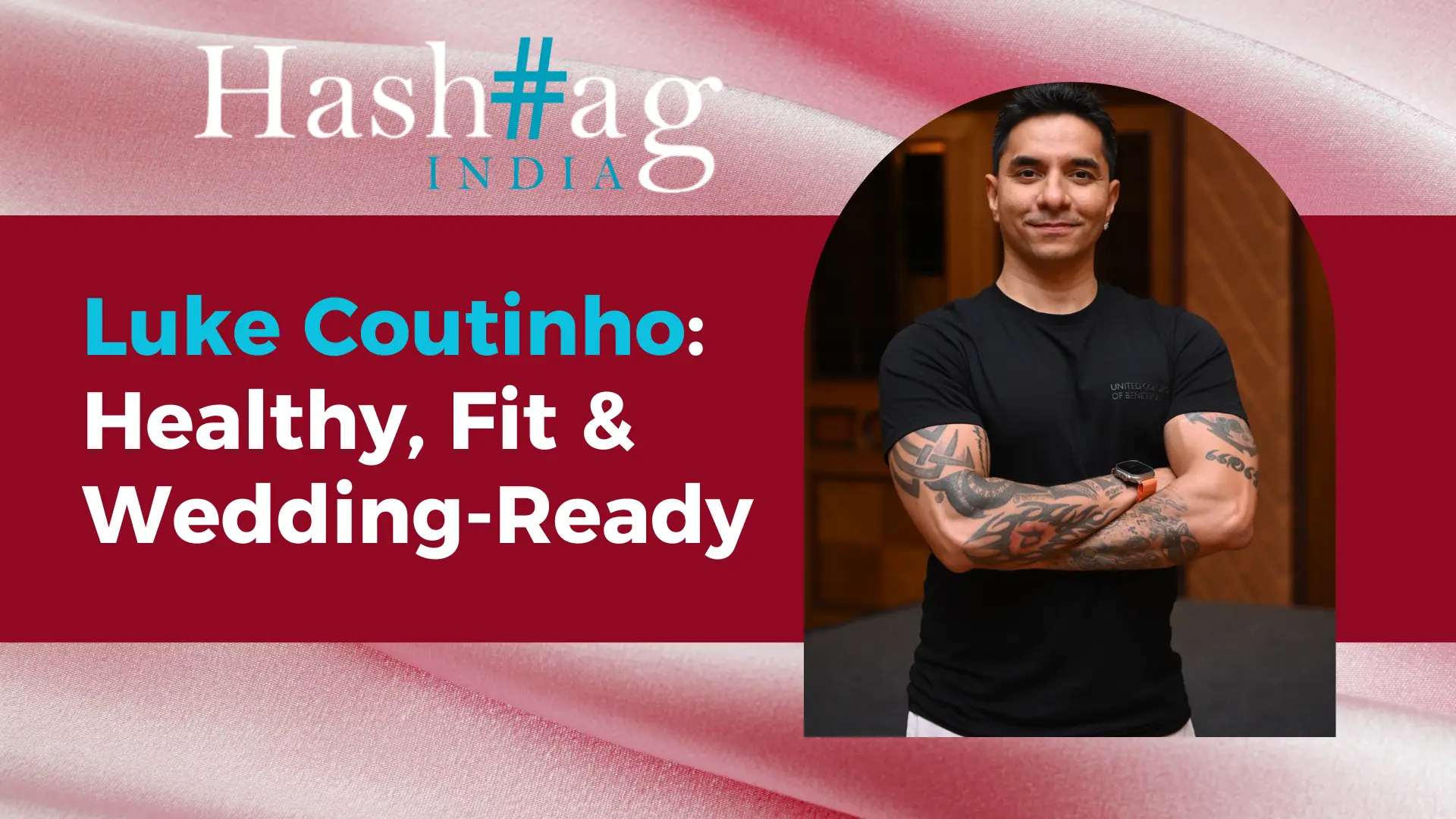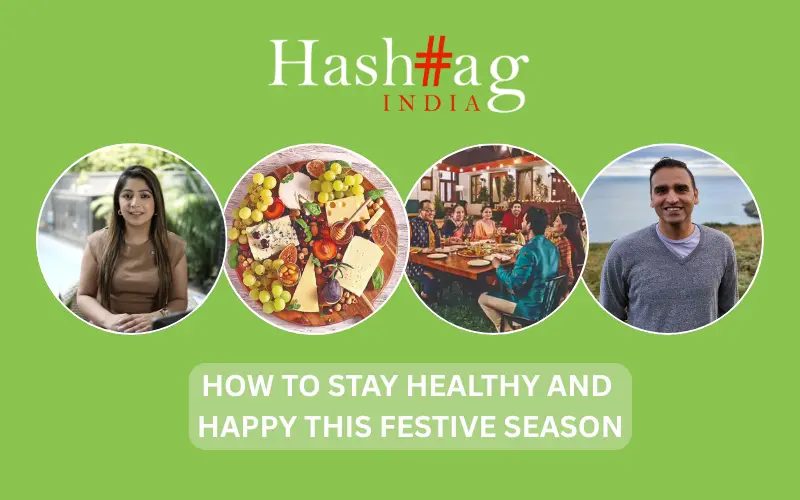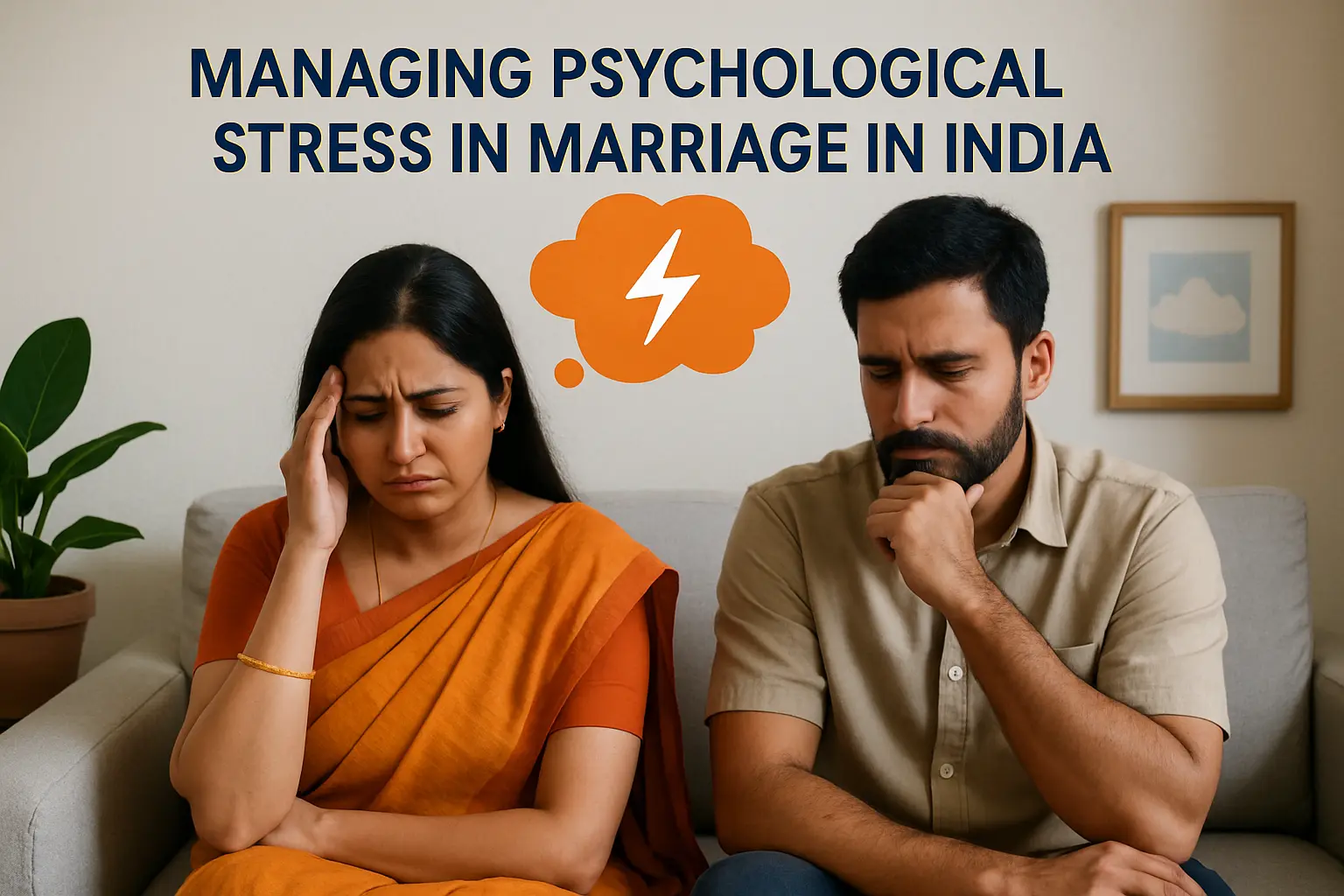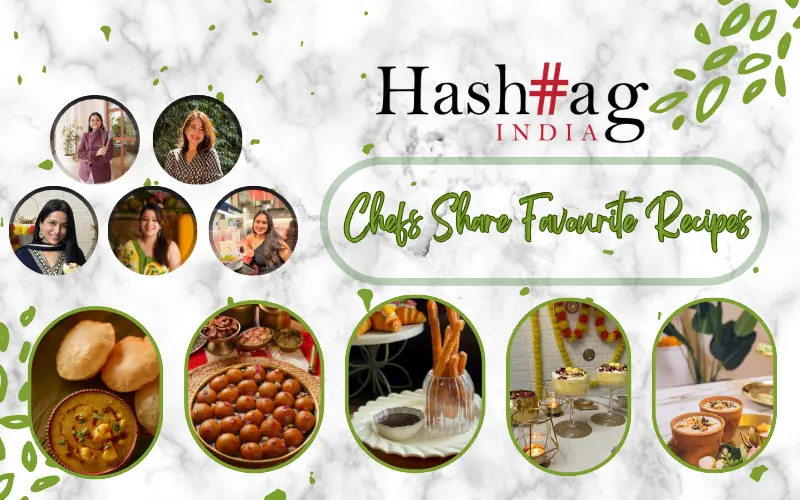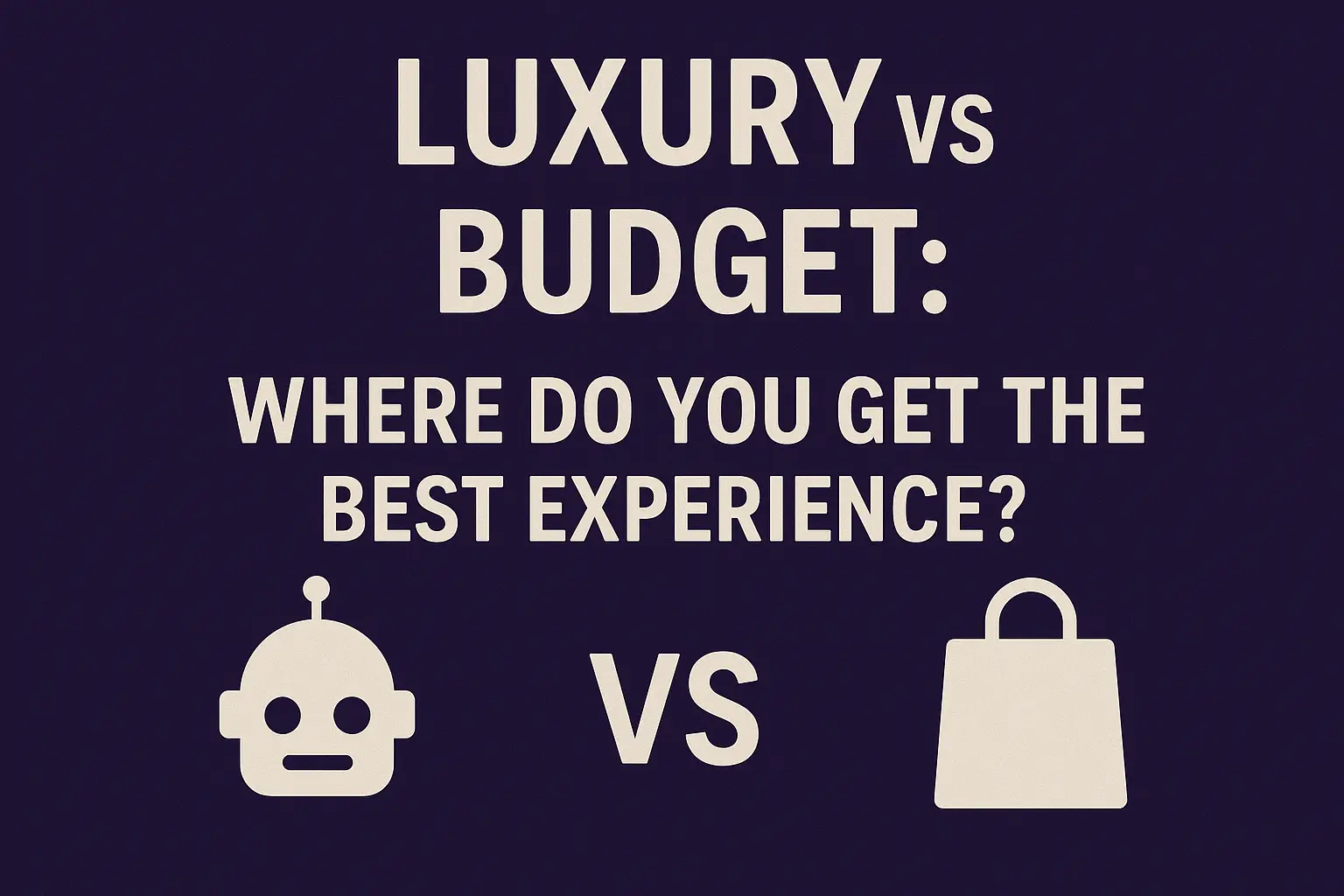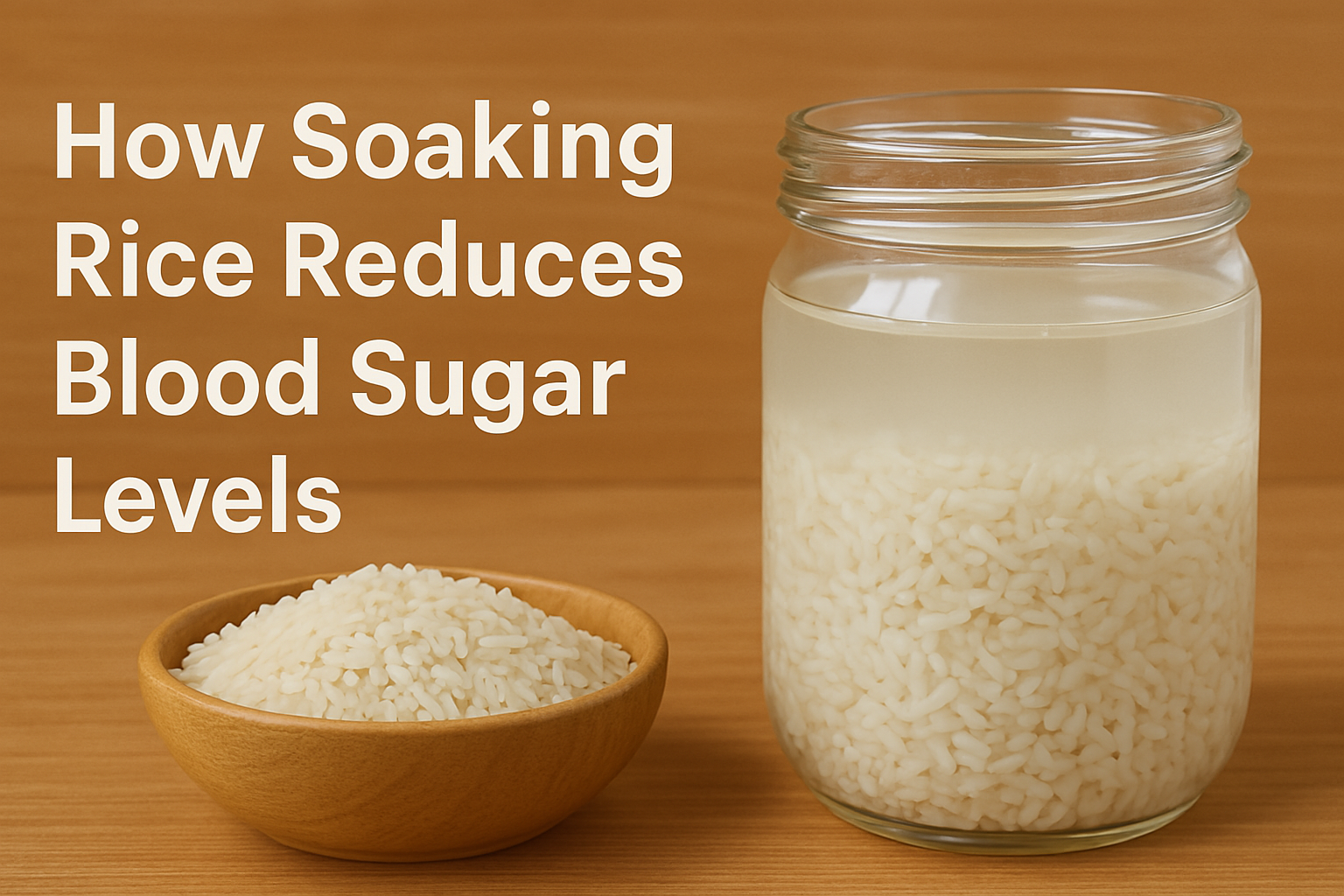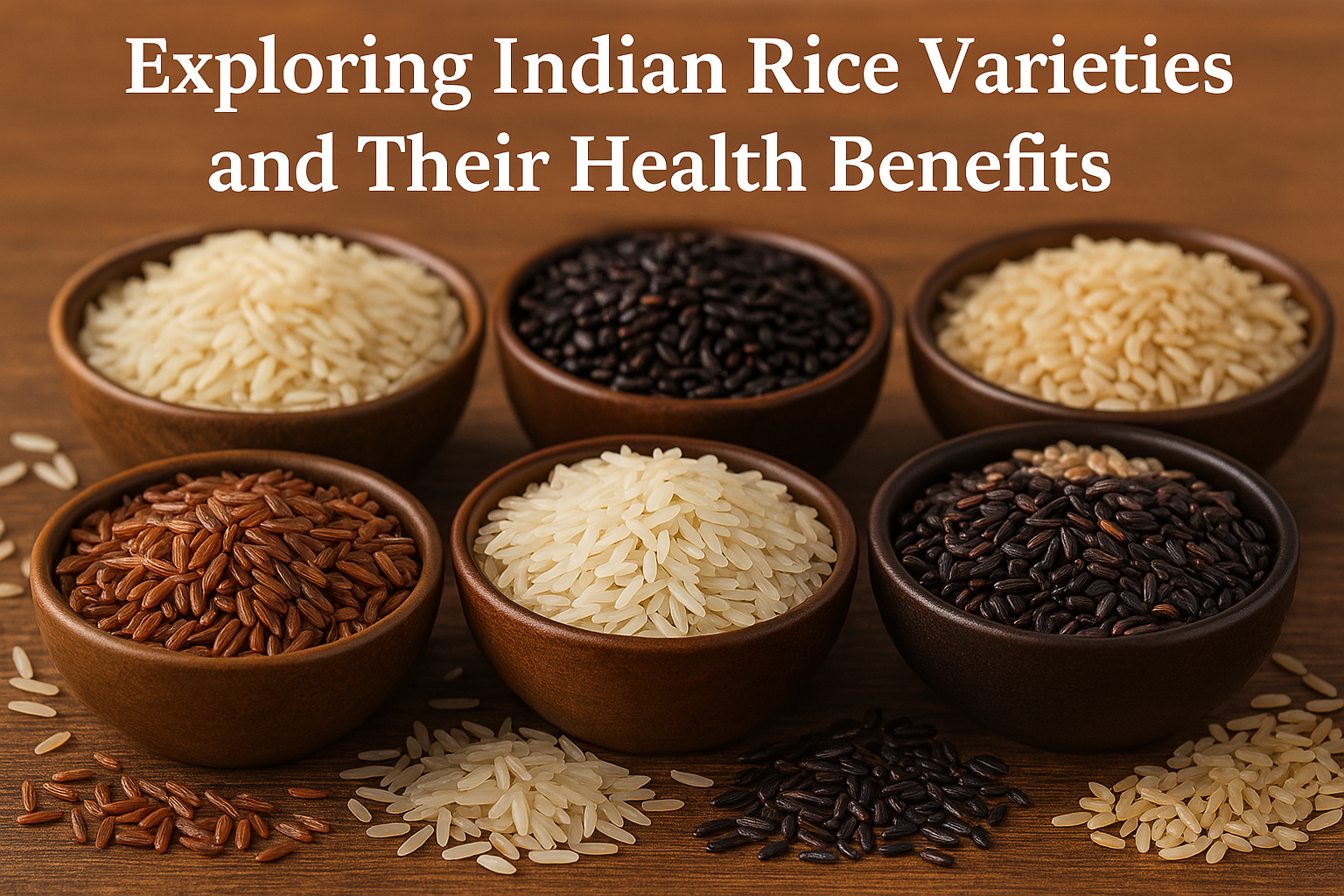Pregnancy and motherhood can be a wonderful experience. Or it could be one that takes time, effort and sacrifice. Mahati Salike speaks to Dr. Rukmini Salike on which is a better choice – IVF or Tubal Reversal.
Life is full of surprises. Sometimes relationships change, circumstances vary and family building goals take a turn. Recent studies show that despite women choosing permanent sterilization, up to 14.3% of them request for possible fertility options within a few years after undergoing the tubal sterilization procedure. In such cases, the couple who desire pregnancy have 2 choices post tubal sterilization—either a surgery to reverse the sterilization also called ‘tube reversal’, or ‘IVF – In Vitro Fertilization’.

Tube Reversal
Tube Reversal is the reverse of tubal ligation, where the fallopian tubes are cut or blocked permanently. During this surgery, the obstructed area in the fallopian tubes is removed and reattached to allow pregnancy. It might take around 2 years for the patient to become pregnant post the success of the surgery. On an average, approximately 2 of 3 women become pregnant with the help of tube reversal.
Age plays an important role in whether you get pregnant after the surgery. Older women are less likely to experience success than younger women.

Benefits of Tube Reversal:
- The main advantage of the tube reversal method is that it allows restoring the ability of natural pregnancy.
- It is long lasting as once the fallopian tubes are restored; women can conceive as many times as possible.
Risks associated with Tube Reversal:
- There is a possibility of bleeding, infections, injury to nearby organs or reactions to anaesthesia.
- Sometimes, the area where one had the tubal reversal forms scar tissue and blocks the fallopian tubes again.
- Tube reversal may also lead to ectopic pregnancy where the fertilised egg implants outside the uterus, usually in the fallopian tube.
In-Vitro Fertilization:
IVF is a series of procedures that assist with the conception of the child. During the process, mature eggs from the ovaries are collected and fertilised by the sperm in a lab. Later, after the fertilisation of the egg or embryo, it is transferred into the uterus. It takes about four to eight weeks to finish the process. One out of every three cycles of IVF attempted will result in pregnancy.
Benefits of IVF:
- IVF has a long track record of safety, and higher rates of success.
- In addition, IVF is also effective in cases of unexplained infertility, or if there are minor problems with the man’s sperm.
Risks associated with IVF:
- Success rates of IVF depend on the age and medical conditions of the woman.



